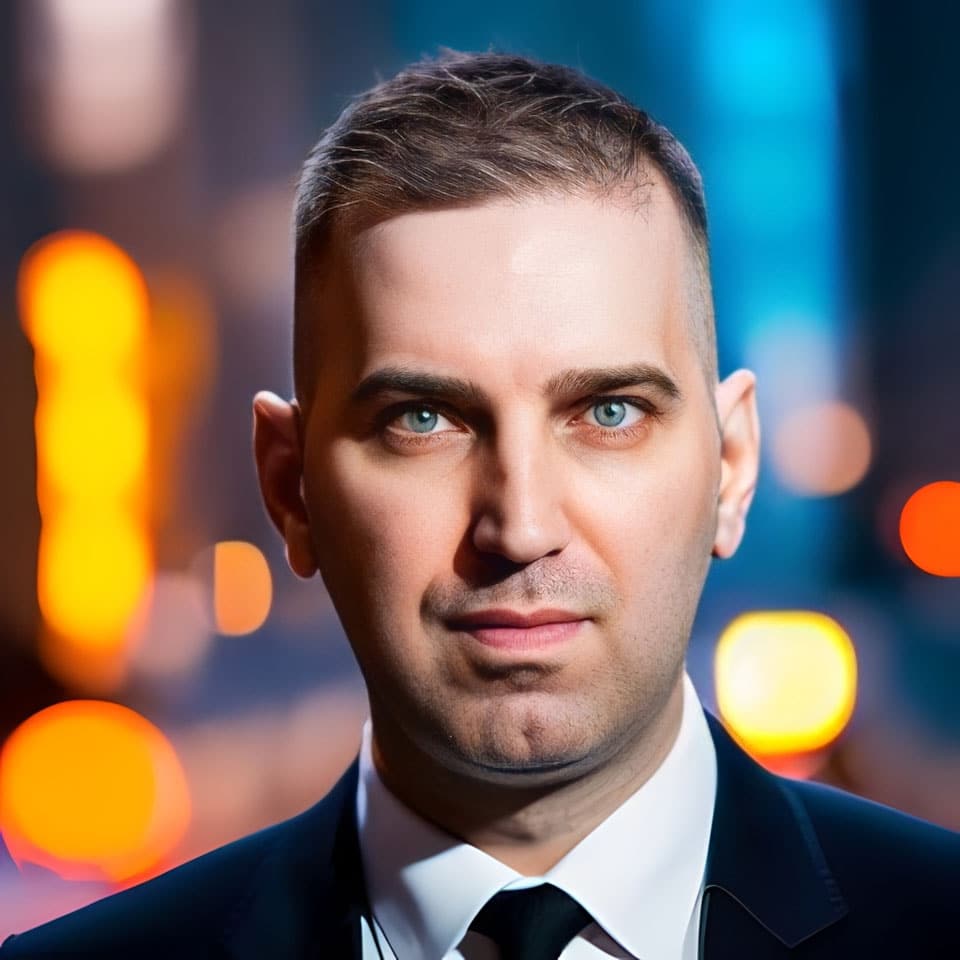So after testing it out in a couple of regions to see if it had any impact, X (formerly Twitter) is now seemingly looking to charge all new users to create an account in the app.
Well, if you want to post, or engage with posts, that is.
Under X’s “Not a Bot” program, which was launched in New Zealand and the Philippines in October last year, all new accounts are charged a $1 annual fee if they want to “perform any write actions” in the app.

Which is not a big deal, right? $1 isn’t much, and a lot of X users probably wouldn’t have a problem paying that amount to engage.
But the bigger question is will they, and also, will it actually work, and finally provide a means for X to stop the influx of bots that have long lingered as a key problem for the app?
The answer? Probably not.
On the first point, as to whether new X users will pay. Based on the tiny fraction of X users currently paying for X Premium (less than 1%) and the ongoing negative news stories about Elon Musk and his various management decisions, there’s not really much to suggest that users will be overly keen to give X their money, or access to it via a connected bank account.
Which is at least part of the motivation for this new push. In line with Elon’s “everything app” vision, he wants to convert X into a virtual marketplace for all transactions, where people would do their banking, even host their bank account, along with shopping, paying bills, etc.
A first step towards this is getting all users to connect a bank account, and it does seem like this is one of the reasons why X is pushing for this annual payment for new sign-ups.
But with Elon’s other company Tesla recently reducing the price of full self-driving from $12k outright to $99 per year, with no reimbursement for those who paid the original full price, any payments to Elon’s companies feel a little less reliable these days. Many X Premium subscribers have also reported problems with payments, including X continuing to take payments after cancelation.
So, on a base level, a lot of people would be hesitant to pay anything to use the app. But then again, for the vast majority, the payment is not even really a concern.
That’s because under the “Not a Bot” scheme, you can still sign up to read X posts, you only need to pay of you want to post yourself. And considering that 80% of X users never post or interact in the app, it’s really not that much of a disincentive anyway for most people.
Indeed, looking at the data, X downloads in both New Zealand and the Philippines were pretty much unaffected by the change, and actually increased in the latter region after the October announcement.

So it’s not like it impacted sign-ups, but considering that X’s active daily user count has remained at 250 million users since November 2022, that also implies that a lot of these new sign-ups haven’t stuck around either, which would suggest that a lot of them were probably fine not posting to the app, and thus didn’t pay.
So overall, not really much impact, in terms of generating more income via this new fee, or reducing sign-up numbers, though there would, presumably, be a drop-off in posting activity, based on new users being unable to do so without paying, especially if/when this gets rolled out to more regions.
So probably, sign-up numbers remain the same, but overall engagement levels decline, and would continue to decrease over time based on churn.
But then there’s the second element: Will this actually help to combat bots, as Elon hopes?
Again, probably not.
Why?
Well, a key proviso in this new proposal, as outlined by X owner Elon Musk, is this:
That is way harder than paying a tiny fee.
This is only for new users. They will be able to do write actions for free after 3 months.
— Elon Musk (@elonmusk) April 15, 2024
If this is what X goes with, that new accounts just can’t post anything for three months, then get full posting privileges, for free, after that, bot farms will just create accounts, then wait three months for them to ripen, and continue to do so as part of their ongoing cycle.
Which will mean that this has zero impact on their operations, and if X actually is going to have just a three months threshold on new account posting, that’ll pretty much undermine the whole process.
Though it will give X more time to detect scam accounts, and given that X is seeing 50 million new profiles sign up to the platform every month, it likely does need that extra buffer to catch them before they post.
I’m not exactly sure how X’s detection process works on this front, but basically, X has reported that it’s seeing 1.7 million new sign-ups every day. Yet, its active user count, as noted, has remained steady at 250 million for months.
Which likely means that X is eliminating many of these new sign-ups, and maybe, it does take a moment for X’s systems to determine if they’re bots or not.
But then again, any detection in this sense likely comes down to what they post, and how they interact, and if they can’t post for three months, that’ll mean that X has fewer signals for weeding them out anyway.
So really, this is also a bit of a dead end, and if X wants to have any effect, it likely can’t have a three month window before allocating posting for free.
If it removed that proviso, though, would that work?
Well, maybe.
Maybe, with bot creators having to pay $1 for every account in order to post, that would, as Musk says, make it much more cost-prohibitive. It wouldn’t stop government-backed influence operations, as $1 per account is likely worth the investment for their programs, while bigger bot farms would likely pass the extra costs onto customers, with $1 per account diluted across many clients not really being a heap.
But maybe, in some respects, it would have an impact, especially as the costs compound over time, and that could make it harder for bot peddlers to keep their businesses viable as a result.
But then again, charging $8 for X Premium hasn’t stopped a lot of bot sellers from paying up for a blue tick, in order to give their accounts an extra level of authenticity.
Hard to see why paying $1 per account would be a major disincentive.
Maybe, by connecting bank accounts, that could be another vector to combat such, by blocking certain credit cards, for example. But scammers may also steal cards too.
In essence, there’s not really any angle where this works in any significant way. But maybe, as another small measure in the broader anti-bot push, it could provide some impact for the X team.
The real solution, however, is improved detection, and investing in both humans and systems that can detect bot accounts faster. No social platform has got this right, with both Meta and X reporting that at least 5% of their users, at any given time, are fake.
On X however, according to Elon himself, it’s more like 20%, which is another consideration in this push. If X actually were to succeed, and find a way to get rid of bots, what would that do to X’s user numbers, and how would that impact market perception?
This was always the accusation leveled at Twitter, that it wasn’t even trying to combat bots, because it had no incentive to do so, as the impact on its growth charts would be so significant that the negative reporting, despite it being a positive action, would tank its share price.
X, which is still down 50% on its previous ad revenue levels, would also feel the pain in the same way, if it were to cut 20% of its users. Losing 50 million actives, no matter the reason, would be viewed as a step back, and that’s another element that Musk and Co. would have to contend with.
So while I don’t think this proposal will have a big impact, on any front, I also don’t know that X could deal with the blowback either way, as it needs ad revenue, badly, right now.
That’s not to say X should just ignore bots as an issue, as they remain a key annoyance for users, and skew X’s usage data. But it’s in a tough spot either way.
And in any event, the $1 fee isn’t the answer.
























































![Social Media Spring Cleaning [Infographic] Social Media Spring Cleaning [Infographic]](https://imgproxy.divecdn.com/9e7sW3TubFHM00yvXe5zvvbhAVriJiGqS8xmVFLPC6s/g:ce/rs:fit:770:435/Z3M6Ly9kaXZlc2l0ZS1zdG9yYWdlL2RpdmVpbWFnZS9zb2NpYWxfc3ByaW5nX2NsZWFuaW5nMi5wbmc=.webp)
![5 Ways to Improve Your LinkedIn Marketing Efforts in 2025 [Infographic] 5 Ways to Improve Your LinkedIn Marketing Efforts in 2025 [Infographic]](https://imgproxy.divecdn.com/Hv-m77iIkXSAtB3IEwA3XAuouMwkZApIeDGDnLy5Yhs/g:ce/rs:fit:770:435/Z3M6Ly9kaXZlc2l0ZS1zdG9yYWdlL2RpdmVpbWFnZS9saW5rZWRpbl9zdHJhdGVneV9pbmZvMi5wbmc=.webp)














